Potential opportunities in green hydrogen for developing countries, or not?
In addition to the technical solutions, young scientists at TU/e, such as Clara Caiafa and Willem Klok, are investigating the socioeconomic and financial aspects of the climate transition. This is part two in a series on climate research at our university.

To mark the UN Climate Change Conference (COP28) in Dubai, we highlight two studies by young TU/e scientists who are using their technical backgrounds to explore the meaning of the climate transition at a societal level. In part two, we speak to Clara Rabelo Caiafa, who is investigating the socioeconomic side of green hydrogen production in Ceará, a state in northern Brazil.
As a doctoral researcher, Clara Rabelo Caiafa wants to know more about the potential opportunities and risks that green innovation can bring for sustainable development. Not surprisingly, as a young scientist, she became involved as a Chapter Scientist and Contributing Author in the chapter on ‘Innovation, Technology Development and Transfer’ of the Intergovernmental Panel on Climate Change (IPCC) report through her supervisor Heleen de Coninck.

Given her background in both international relations and technology innovation, Caiafa is focused on the potential opportunities for developing countries to combine climate change and socio-economic development goals in the green transition and the role that international cooperation on knowledge and technology transfer can play in supporting this.
The green transition is a broader definition of change to a sustainable society, including waste management and recycling among other factors, on top of transitioning to renewable and sustainable energy sources.
Technology transfer
“Article 10 of the Paris Agreement says that all countries have agreed that realizing technology development and transfer is important. Both for reducing emissions and helping countries to be more resilient”, says Caiafa.
“What is important here is that it also says that the signing countries shall support developing countries in this effort. The use of the word "shall” in the United Nations context is very strong and conveys an obligation.”
Even though there are commitments for international cooperation and technology transfer, there is increasing evidence that they are often not effective.
Clara Rabelo Caiafa
However, international cooperation is not always as effective as it could be. “Even though there are commitments for international cooperation and technology transfer, there is increasing evidence that they are often not effective. Do not mobilize enough resources, or may prioritize the interests of the developed countries (donors) at the expense of the local socio-economic goals.”
Going green as part of the green transition can be achieved in several ways, and could bring economic benefits for developing countries. “We have this commitment to help developing countries in the green transition. Ideally, this international support should help them achieve other sustainable development goals. For instance through the creation of green jobs, learning of new skills, promotion of green industrialization, and increased access to clean and affordable energy”, notes Caiafa.
Motivated by the potential of green hydrogen, the researcher set her sights on how technology transfer from green hydrogen is progressing in Brazil.
“There are now a lot of expectations on the potential of green hydrogen to promote sustainable development in developing countries. Partnerships for that are currently being set up in different places.” Caiafa therefore dove right into green hydrogen as a sector to explore how technology transfer is going on there.

Green hydrogen and strong winds
But what is green hydrogen? Caiafa explains: “By green hydrogen, we mean hydrogen that’s been produced from water by electrolyzers using only 100% green electricity. So, from a verified renewable energy source, such as wind turbines or solar panels.”
“Since most of the renewable energy potential is in the tropics, this offers opportunities for developing countries to become exporters of green hydrogen to places like Europe. Where countries have a high energy demand, but not that much available space or renewable energy.”
European countries like The Netherlands and Germany are now showing interest in the Ceará region in Northeastern Brazil as a promising import route for green hydrogen. The Port of Rotterdam is already a shareholder of the Port of Pecém in Ceará, which creates a direct connection with Europe.
In May this year, the Government of The Netherlands set up a partnership with Ceará to create a ‘green corridor’ between the two ports. And, since Caiafa herself is from Brazil and knows her way around there, this was a perfect case to explore further.
Strong and reliable winds blow in Ceará all year round, allowing wind turbines there to operate very efficiently. Since Ceará is also located close to the equator, it has a lot of solar energy. Making it a great place to produce green hydrogen at a competitive rate.
This is why German and Dutch delegations established partnerships with the government of Ceará for a green hydrogen hub around Pecém, to export green hydrogen to Europe. These partnerships are framed as ‘win-win solutions’, where the European countries get to import green hydrogen and Ceará would get investments, technology, and jobs in return.
“The climate will never be the only argument for a project in this kind of region. It’s always about the prosperity of the population, employment, and overall development, from logistics to education, that will be an important factor when seeking to gain political support,” explains Caiafa.
“This is not illogical, especially if you already see how big the differences are between this region and the richer Southeast of Brazil. We need public support for ambitious climate action, and bringing prosperity to the region can provide that.”

Economic development and public support
Caiafa outlines this case by zooming in on the situation in Ceará, while green hydrogen partnerships are now being established in other parts of the world too. Her research aims to identify opportunities and risks of establishing large-scale green hydrogen hubs for local sustainable development in developing areas.
The hope for broad prosperity and progress is enormous.
Clara Rabelo Caiafa
“I held many interviews with administrators at all levels in Ceará. And from these, a very unified picture emerges. Of course, they find developing green energy and green hydrogen very important, but the potential for the development and prosperity of the region is what is driving political and public support. The hope for broad prosperity and progress is enormous since Ceará has historically been an underdeveloped region in Brazil”
That hope is what concerns the scientist. “If political support relies so much on the expectations for economic development, it could backfire if this potential is not realized. We know from the literature that in contexts with lower levels of development the economic benefits can be much lower than initially expected. So, I delved further into how projects in the green hydrogen hub are being organized to see whether this could also be the case.”
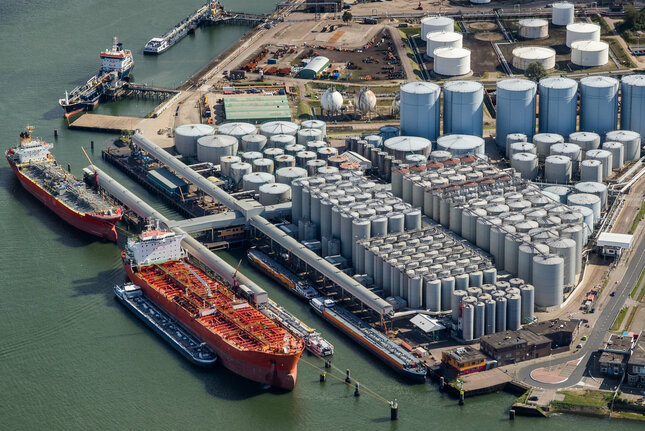
Potential race to the bottom
Her research suggests that there is still a lot of uncertainty and that there could be many risks and trade-offs involved.
For instance, green hydrogen markets are expected to be more competitive than the current fossil fuel market, since renewable energy is more widely available. Therefore no country would have the market power to impose its conditions.
This could increase energy security for importing countries compared to the current situation where cuts from fossil fuel producers bring substantial negative impacts. However, the fact that many countries can become exporters of green hydrogen can present a risk to economic development in producing countries, such as Brazil.
Caiafa: “Given that international capital is highly mobile, local governments may have incentives to lower investment requirements to remain attractive to foreign investors, often at the expense of local socio-economic interests, leading to a "race-to-the-bottom” situation.”
“For instance, the government of Ceará is offering tax incentives to investors and training the local workforce in the expectation that this would be paid off by job creation and economic growth from investments. Whether these economic opportunities will materialize depends on decisions from investors of where they are going to source their goods and services. Unfortunately, we see that in areas where investors import goods and services, the positive impact on the region can be over 15 times lower than in cases where goods and services are procured locally.”
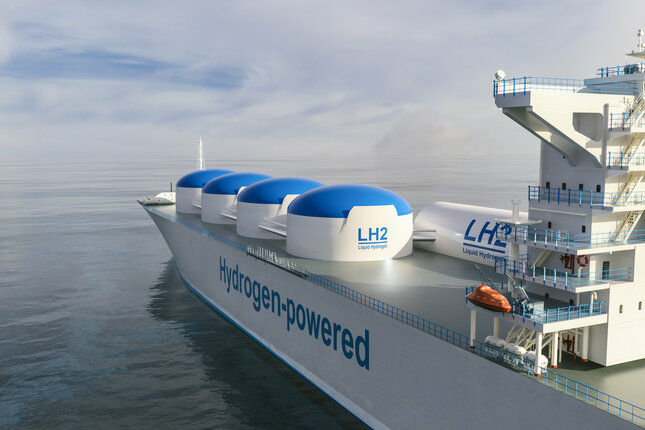
The same questions can be raised about local employment. What will remain in the region once the wind turbines and electrolyzers are built? “What you see more often with international companies that put up these kinds of plants is that although they hire low-skilled labor locally, the researchers and engineers come from headquarters in Europe, North America, or Asia.”
“So, the managers are often not local people, while Brazil has a lot of young, highly educated people, and too few well-paid suitable jobs for them”, says Caiafa. “That's where the promises of job creation and wealth sharing may not come to fruition in the first place.”
So, the biggest benefits of the partnerships may well end up in developed countries, such as the Netherlands and Germany in this example, instead of in Ceará.
What gigawatts to decarbonize first?
“At the green hydrogen hub near the major port city of Pecém, green electricity will be converted directly into hydrogen. To demonstrate conclusively that the electricity is renewable and meets European importing standards, project developers will likely not connect the solar and wind projects to the Brazilian grid. They may aim to transport all of it by ship to the port of Rotterdam, for example. Thereafter, the port of Rotterdam can in turn transport the green hydrogen further within Europe.”
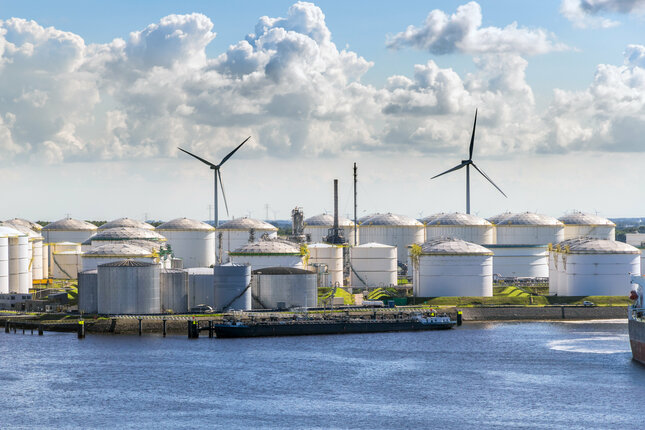
For Caiafa, this doesn’t sit right. “If all announced projects are realized, 18-27 gigawatts of renewable electricity generation capacity would be required. This equals 53-80 percent of the currently installed solar and wind capacity in Brazil. This is massive.”
“And since it takes time to build new solar and wind energy plants, the decision of whether to use (part of) the new green energy to feed back to the Brazilian grid and decarbonize local industry needs to be considered.”
But it is not as simple as that. “Since Brazil’s emission intensity is around a third of that of importing countries like the Netherlands, one could argue that using green hydrogen to decarbonize the Dutch energy system first could have greater potential for emission reductions at the global level.”
“However, this could end up delaying the local energy transition. And in places where people still don’t have access to electricity, this could delay energy access. Not to mention emissions from transporting the green hydrogen. In the end, there are many trade-offs to be considered besides making a profit.”
Some people would argue that this is not a problem because Brazil already has a relatively clean electricity grid thanks to old hydroelectric plants with ~85 percent renewable energy on the grid, of which 65 percent is hydroelectric. However, Caiafa notes that this may not be the case in the future.
“Climate change leads to droughts in Brazil, making hydropower less reliable. It would be good to use new solar and wind projects to supply the Brazilian grid. So they can prevent electricity shortages. Or prevent the expansion of fossil fuel generation to supply the grid to compensate for shortages during draughts.”
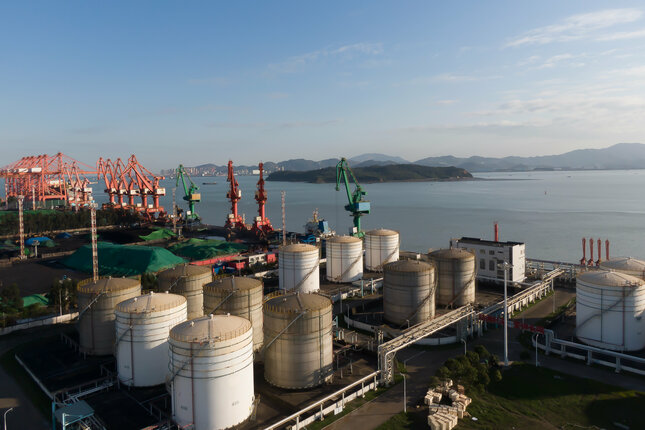
Realistic expectations
New hope is shining though. Safely transporting liquid hydrogen by ship is proving to be both complicated and, more importantly, enormously expensive in practice.
“Because of this, you see that the big international companies who are going to consume the hydrogen are starting to reorient themselves. What if they don't bring the hydrogen to their factories in Europe or other parts of the world, but instead bring their factories to Ceará so that they avoid green hydrogen transport costs?” says Caiafa.
And, although that may seem like a solution for the people of Ceará, it very much remains to be seen whether this will happen in the end.
“My research so far shows that while there are indeed a lot of hopes around green hydrogen, the actual potential of these opportunities materializing is highly uncertain. The most likely scenarios for now rely heavily on imports of technologies. Meaning that local economic benefits would be limited.”
“The relocation of industries that I mentioned may increase the potential for these benefits, but would also mean that industrialized countries could lose from industries moving away.”
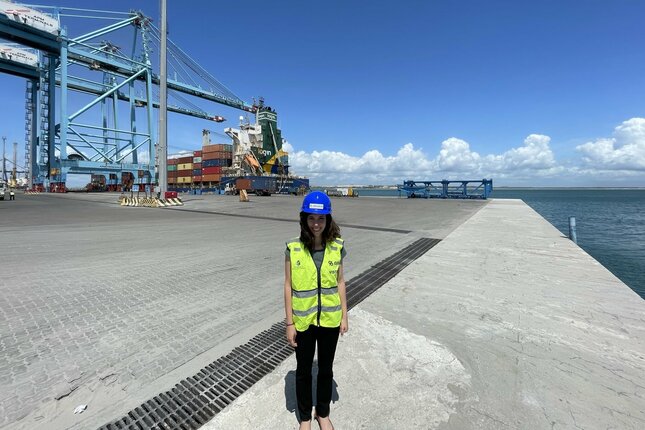
And specifically for Brazil, the question remains whether it is smart to export their green energy, and, if so, under what conditions. While green hydrogen could bring opportunities for local development, there are also many risks and trade-offs to consider.
Developing countries aiming to export green hydrogen will need to balance these opportunities and risks to devise their strategies. However, developing countries' governments will not be able to do this alone.
Caiafa concludes: “I think that developing countries will need to decide about the best way to achieve their sustainable development goals. But they cannot decide everything – the outcomes of green hydrogen projects will be influenced by external aspects such as policies and subsidies in importing countries and preferences of multinational companies.”
“This calls for international cooperation and partnerships to build local capabilities and help establish governance mechanisms to leverage opportunities and mitigate risks. And for importing countries to more systematically incorporate such risks into their own policy making.”
Related articles
More on Sustainability

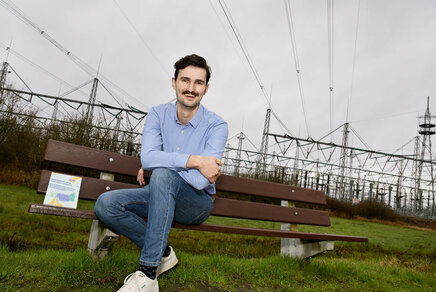

Latest news


![[Translate to English:] [Translate to English:]](https://assets.w3.tue.nl/w/fileadmin/_processed_/e/0/csm_BvOF%202019_1031_BHF%20license%20TUe%20ILI%20copy_8a50884392.jpg)
